Knowing what resources are found in Arctic parks and whether they are stable or changing can help park managers to make sound decisions about the future. By inventorying and monitoring resources, we develop a stronger scientific basis for stewardship and management of natural resources. It also ensures that our nation’s natural treasures are protected for future generations. We refer to these resources and process as vital signs since they are indicators of ecosystem integrity and health.
Landscape Processes
-
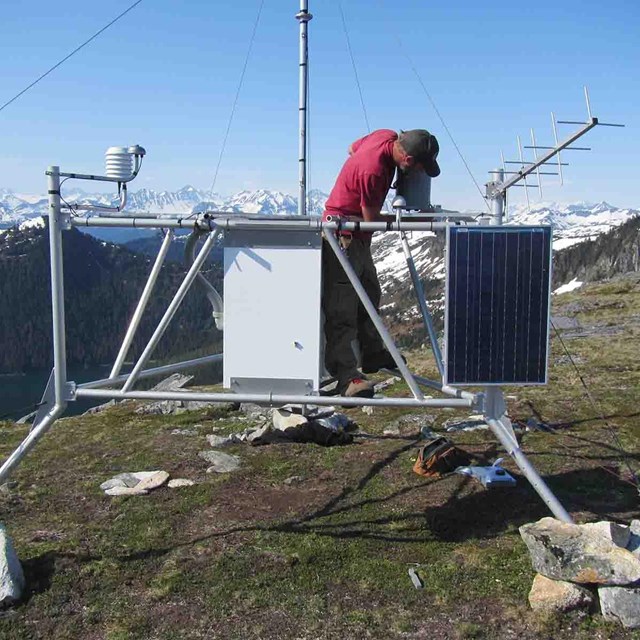 Climate
ClimateWeather and climate are key drivers in ecosystem structure and function; the high-latitude Arctic parklands are undergoing rapid change.
-
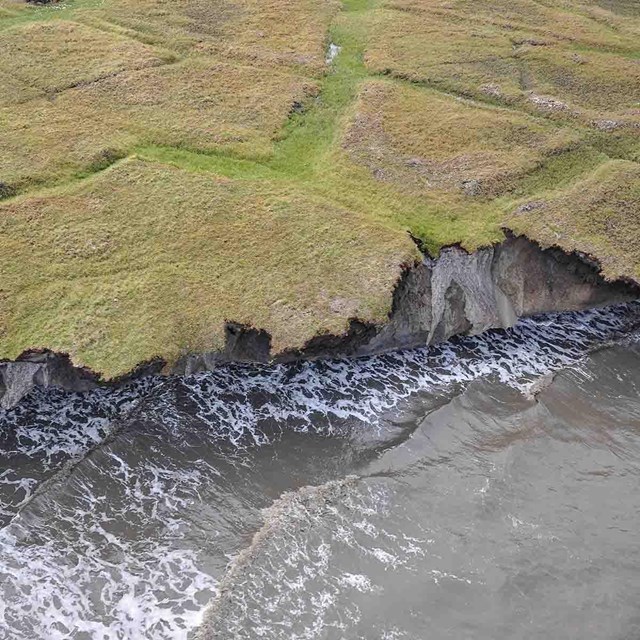 Coastal Shoreline Change
Coastal Shoreline ChangeThe coastal zone is changing rapidly as the ice-free season lengthens, sea-level and ocean temperatures rise, and storms intensify.
-
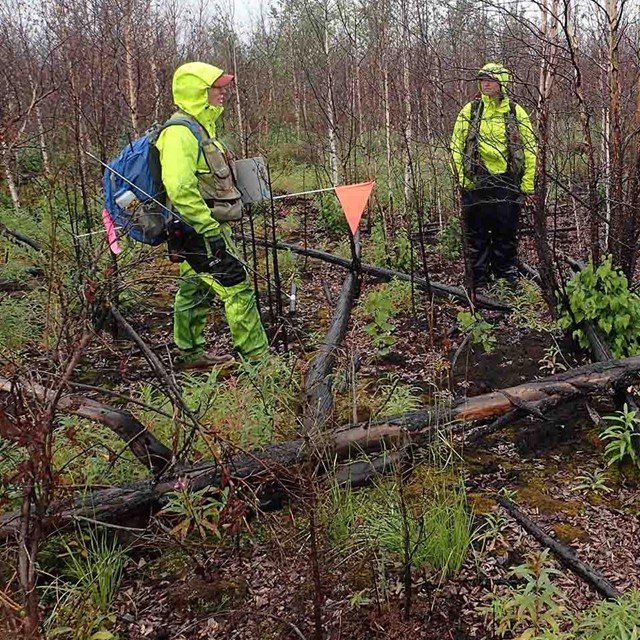 Fire Extent and Severity
Fire Extent and SeverityWildland fire is one of the largest natural disturbance processes in the boreal and tundra ecosystems of Arctic parklands.
-
 Alaska Glaciers Status and Trends
Alaska Glaciers Status and TrendsGlaciers in Alaska's parks are dynamic features that are vulnerable to climate change. We track changes in park glaciers.
-
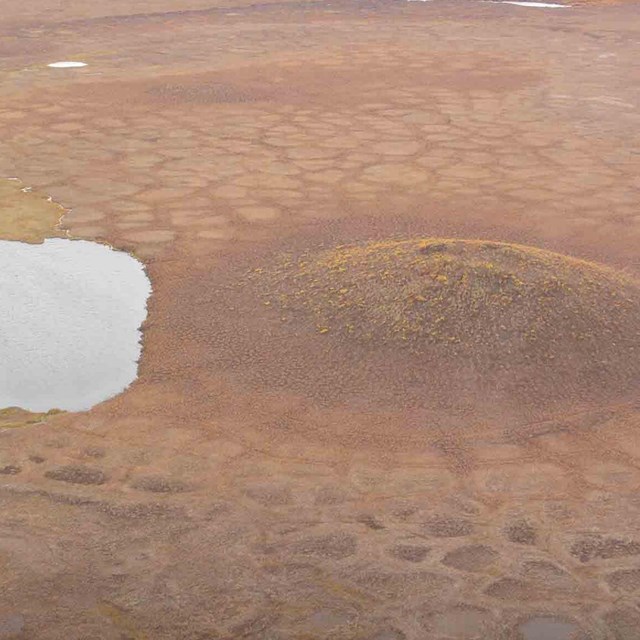 Landscape Patterns and Dynamics
Landscape Patterns and DynamicsLandscape dynamics are the “big picture” of changes in the growing season, vegetation, and surface water.
-
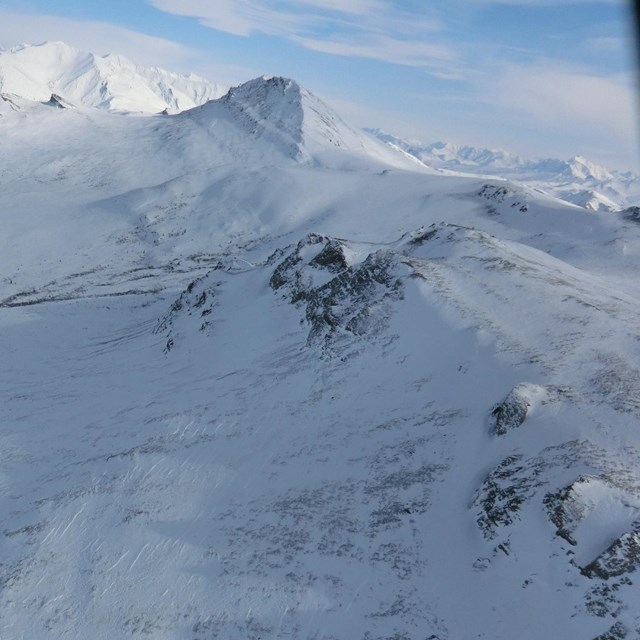 Snowpack
SnowpackSnowpack affects every aspect of the Arctic.
Vegetation and Soils
-
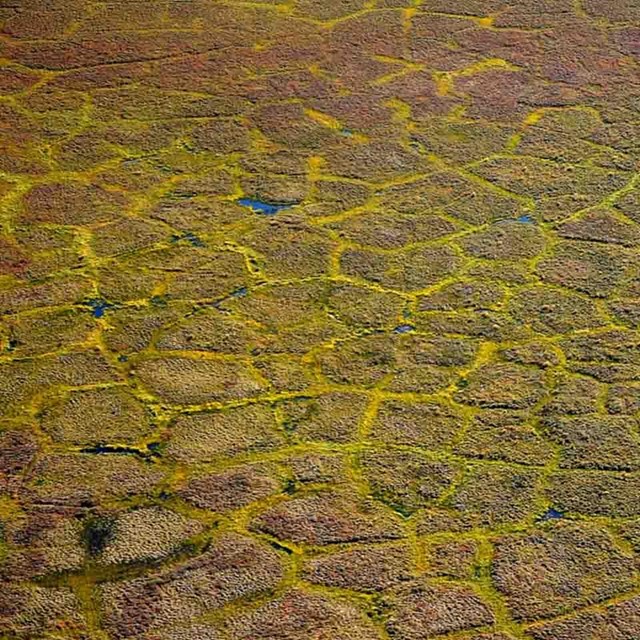 Permafrost
PermafrostPermafrost affects nearly everything in Arctic ecosystems, from soils and vegetation to water and wildlife.
-
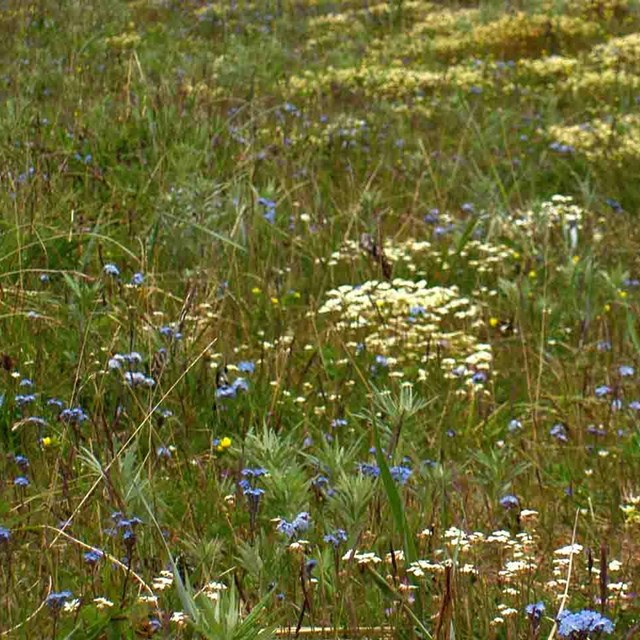 Terrestrial Vegetation and Soils
Terrestrial Vegetation and SoilsArctic vegetation is very sensitive to climate change and disturbance such as fire, herbivory, and human impacts.
Water
-
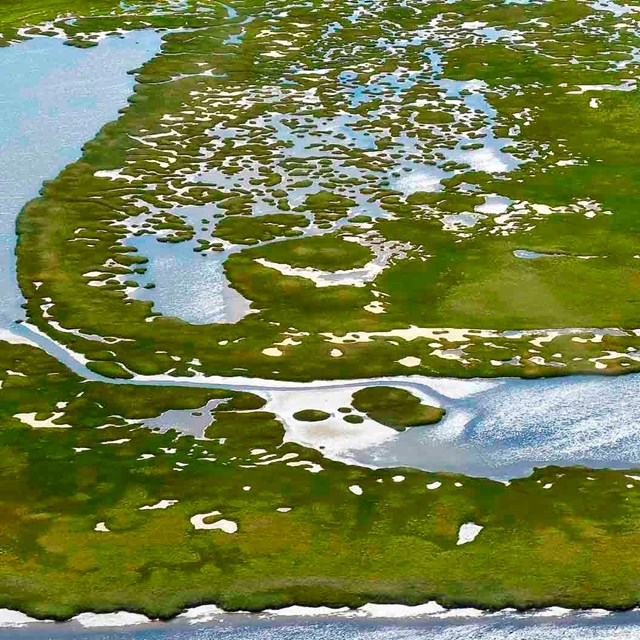 Lagoon Communities and Ecosystems
Lagoon Communities and EcosystemsArctic lagoons make up about a third of the Arctic coastline.
-
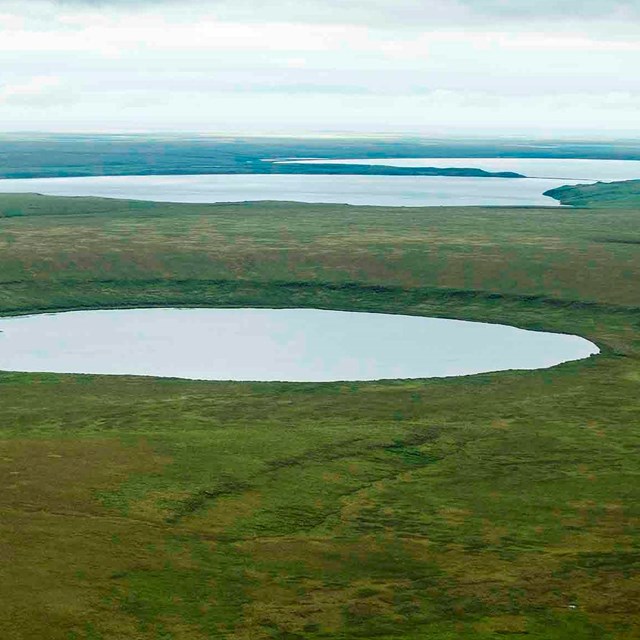 Lake Communities and Ecosystems
Lake Communities and EcosystemsLarge lakes are associated with volcanic explosions, geologic rifts, or the presence of moraine dams.
-
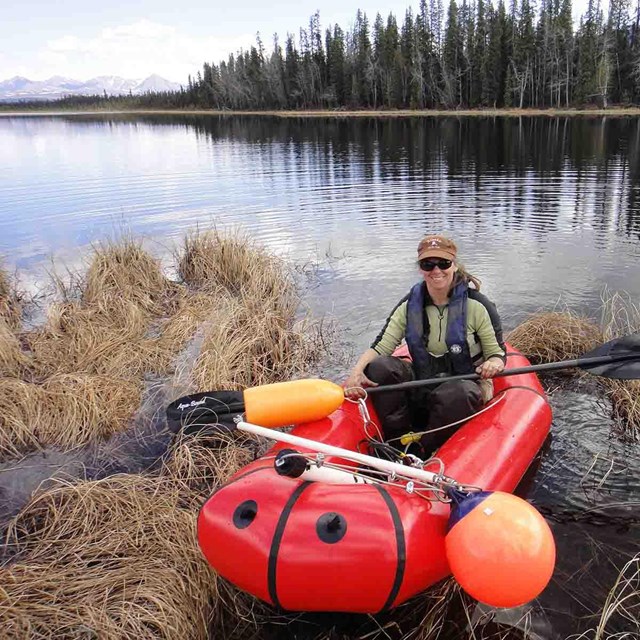 Shallow Lakes
Shallow LakesTens of thousands of shallow lakes are distributed across the Arctic Network.
-
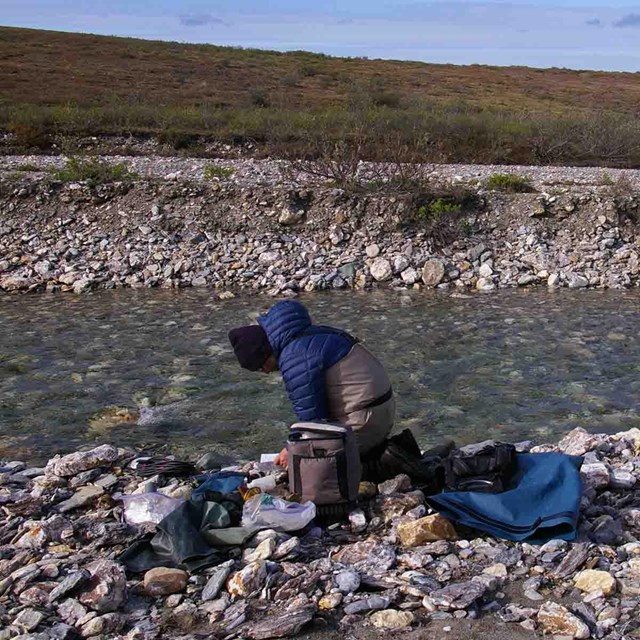 Stream Communities and Ecosystems
Stream Communities and EcosystemsA network of greater than 25,000 miles of perennial and intermittent streams and rivers.
Wildlife
-
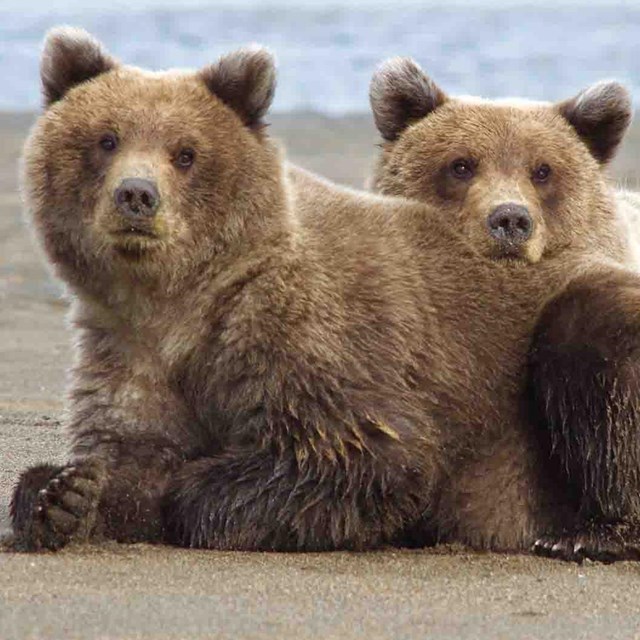 Brown Bears
Brown BearsAlaska accounts for more than 50% of the remaining North American brown bears and has the second largest population worldwide.
-
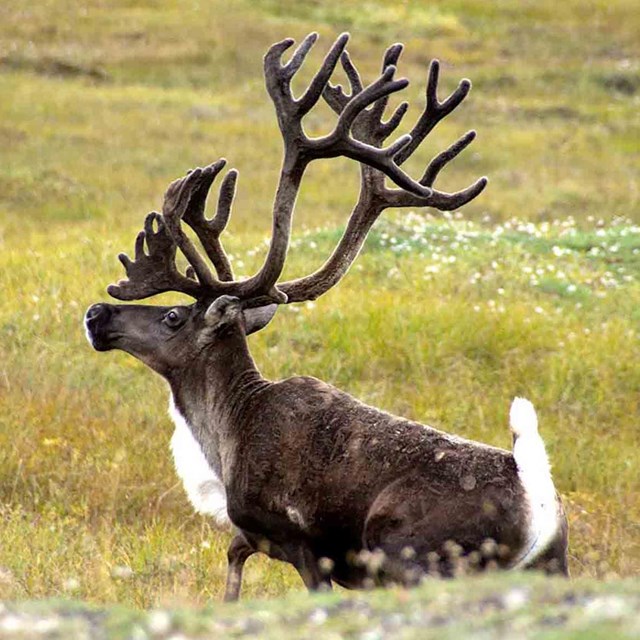 Caribou
CaribouCaribou herd sizes vary greatly over time. The Western Arctic Caribou Herd has hit as low as 75,000 and as high as 500,000 animals.
-
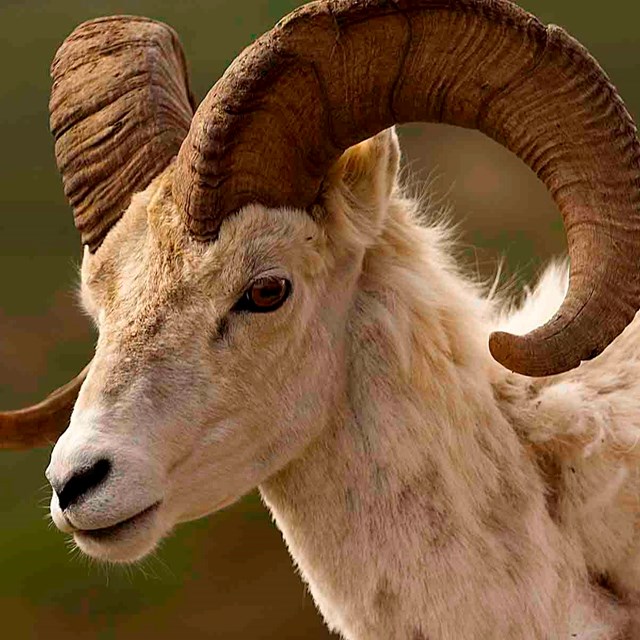 Dall's Sheep
Dall's SheepDall’s sheep are an alpine-adapted species at their northernmost extent in the Brooks Range of Alaska.
-
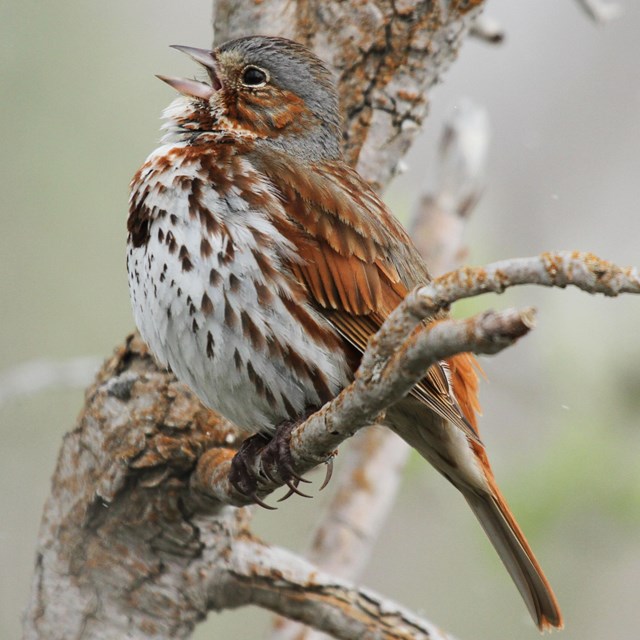 Landbirds
LandbirdsMost birds in the Arctic are migratory. Landbirds comprise more than 50% of the bird species in Arctic parklands.
-
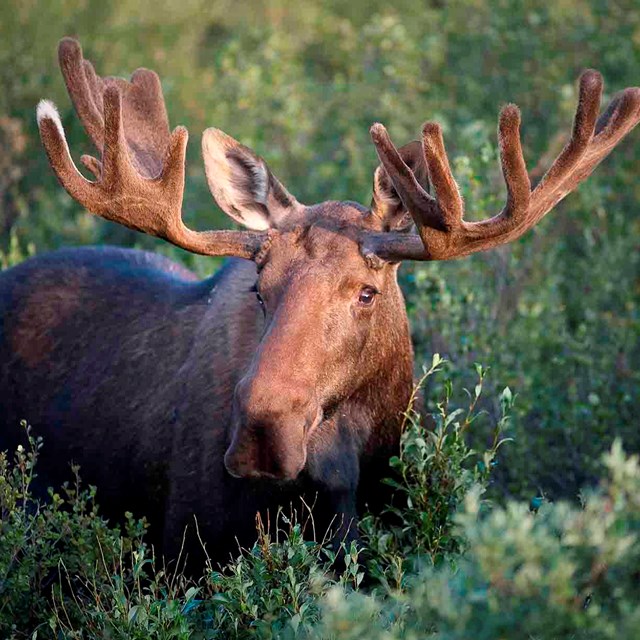 Moose
MooseMoose are an integral component of the boreal ecosystem in Arctic parklands.
-
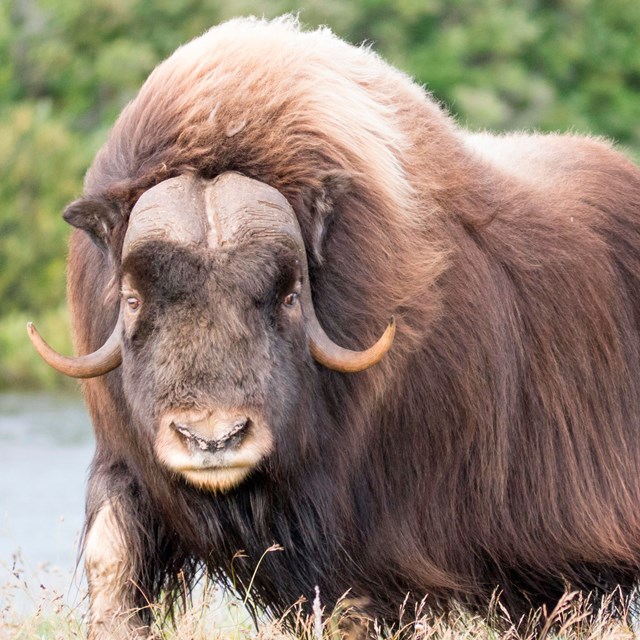 Muskox
MuskoxMuskoxen populations occur in four locations in Alaska, two of these ranges overlap Arctic parklands.
-
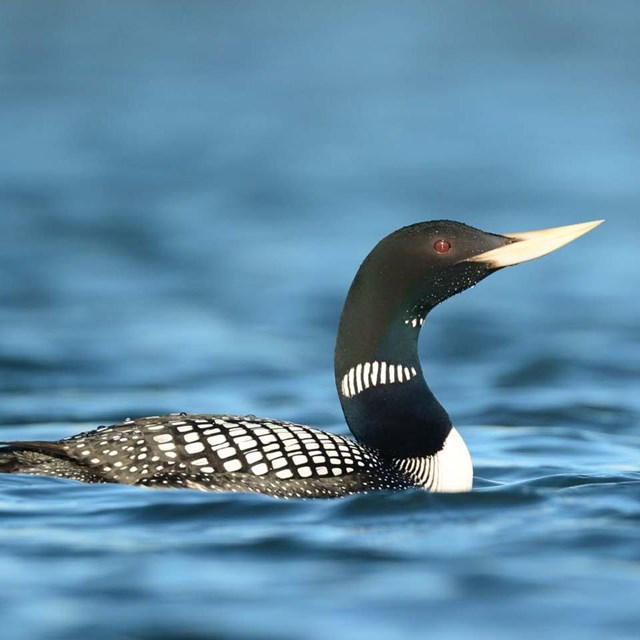 Yellow-billed Loons
Yellow-billed LoonsIn Alaska, Yellow-billed Loons are restricted to tundra landscapes on the Arctic Coastal Plain with large, deep, clear, freshwater lakes.
Last updated: August 23, 2020
